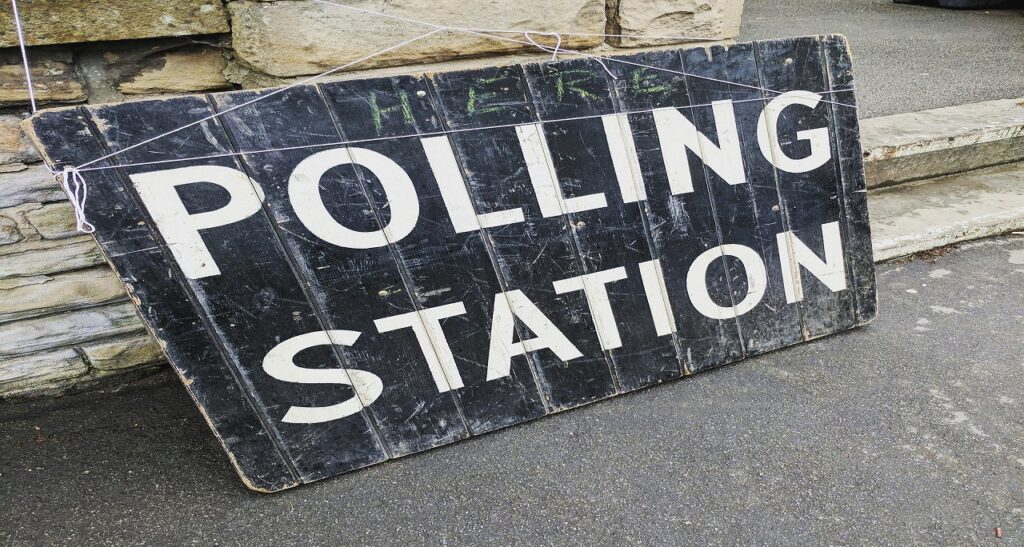Since the general elections were held on 9th August 2022, the country has been in constant tension as Kenyans wait for the Presidential results. The tension is attributed to a tight race between Kenya Kwanza’s William Ruto and Azimio’s Raila Odinga and propaganda spread across social media.
For the first time since its creation, IEBC has allowed the public to access election forms (34A 34B, and 34C) on its website – https://forms.iebc.or.ke, a strategy that seeks to enhance the transparency of the election process. Ergo, anyone can count the results and draw conclusions.
Anyhow, supporters from both coalitions have claimed victory which in turn has inundated citizens with a miasma of controversies. The economy moves slowly as Kenyans wait for the IEBC to declare the presidential winner.
So far, Twitter is the most used social media platform by propagandists followed by Facebook. Twitter has been steadfast in flagging tweets that may cause misinformation. Notwithstanding, flagging a tweet as misinformation is not enough since the majority of followers deem such posts credible.
The election is a reflection of the 2020 US presidential election which saw Donald Trump, the then president of the United States being permanently banned from Twitter for spreading unfounded claims.
The election shows how social media has been a pivotal tool in polarizing the country. Since the beginning of the ‘Hustler vs Dynasty’ era, social media politics have been divided into two.
As of 15th August at 10:38 AM, William Ruto is leading with 51.18% with Raila Odinga following closely with 48.14%. So far, 253 out of 291 constituencies have been reported.
Regardless of the outcome, it is important to maintain peace, and those who cite foul play can go to court and present their claims.
Do you think social media is to blame for the tension in the country? Leave your comments below.

